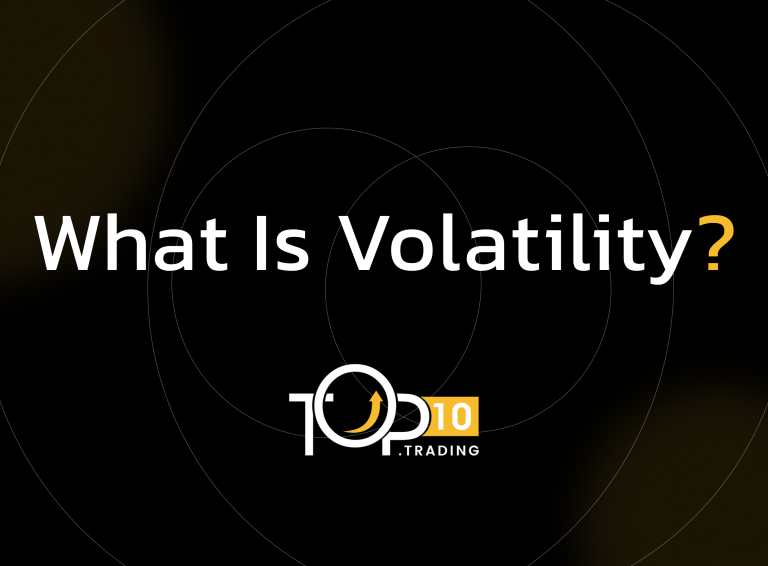Volatility Definition

Volatility refers to the degree of variation in the price of a financial asset over a specific period. It measures how rapidly and unpredictably prices move, making it a key metric for assessing risk in trading and investing. Higher volatility means larger price swings, while lower volatility indicates more stable price movements.
Key Takeaways
- Volatility measures the speed and magnitude of price changes in a financial asset.
- High volatility indicates greater uncertainty and potential for sharp gains or losses.
- Low volatility suggests stable, predictable price behavior.
- Traders use volatility to gauge risk and adjust strategies accordingly.
- Common tools for measuring volatility include standard deviation, VIX, and ATR (Average True Range).
How Volatility Works
Volatility is often calculated as the standard deviation of returns, showing how much an asset deviates from its average price. It can be:
- Historical Volatility – Based on past price movements.
- Implied Volatility (IV) – Derived from options prices, reflecting expected future volatility.
Short-term traders may thrive on high volatility due to the potential for fast profits, while long-term investors may prefer lower volatility for stable returns.
Volatility can spike due to economic data releases, earnings reports, geopolitical events, or shifts in market sentiment.
Examples of Volatility
- Stock A fluctuates between $50 and $55: low volatility.
- Stock B jumps between $50 and $70 within days: high volatility.
- The VIX rising sharply before a Federal Reserve meeting, indicating market anxiety.
- A crypto asset like Bitcoin experiencing daily price swings of 5–10%.
Benefits of Understanding Volatility
- Risk Assessment: Helps investors and traders manage position sizing and stop-loss levels.
- Strategy Adaptation: Volatility informs when to use specific strategies (e.g., scalping vs. buy-and-hold).
- Profit Opportunities: High volatility can offer greater potential returns—if well-managed.
- Market Sentiment Gauge: Reflects fear or confidence among market participants.
Costs and Limitations
- Increased Risk: High volatility can lead to rapid losses as well as gains.
- Emotional Pressure: Large price swings can trigger fear-based decisions.
- False Breakouts: Volatile markets often produce misleading signals.
- Overtrading: Traders may be tempted to act impulsively during volatile periods.
Who Uses Volatility?
- Day and Swing Traders: Rely on volatility for short-term profit opportunities.
- Options Traders: Use implied volatility to price contracts and select strategies.
- Portfolio Managers: Adjust asset allocations based on market risk levels.
- Risk Managers: Monitor volatility to maintain exposure within acceptable limits.
